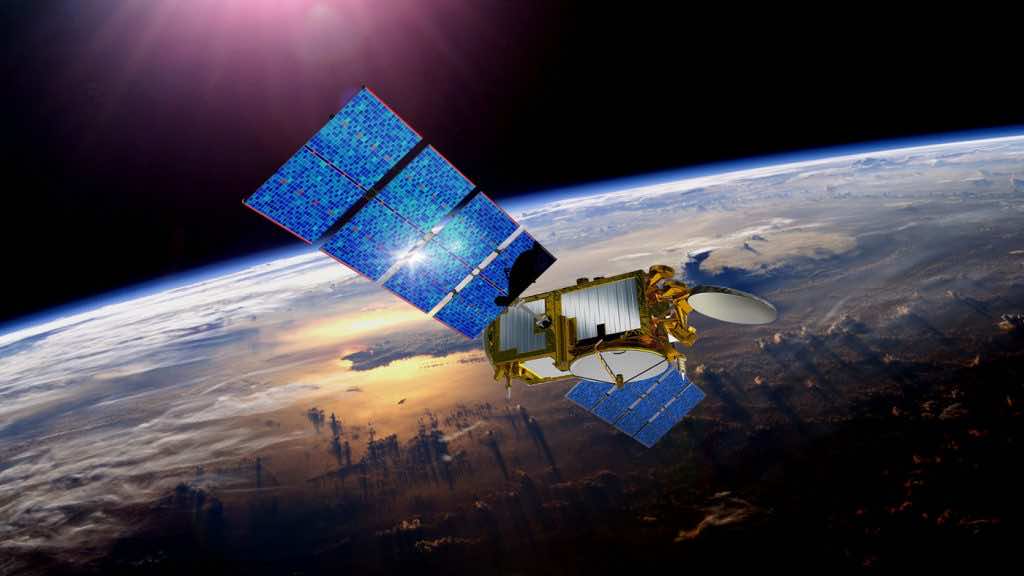It has been reported that the Space X mission of NASA, sponsored by the Hughes Network System of “EchoStar”, has announced the delivery of its Jupiter–3 satellite, which will be finally launched by NASA in the next year. This satellite is considered to be the heaviest in terms of weight that will ever be launched into space by NASA this year. It weighs around 9.2 metric tons, i.e., around 20,300 Ib. At first, the delivery of this satellite was scheduled to launch in the fourth quarter of this year but has been delayed due to some discrepancies with Maxar Technologies. SpaceX has always proved to bring the highest ever record-breaking satellites and the most recent example can be seen when, in July 2018, it earned recognition for launching the heaviest geostationary satellite named Telestar 19V to geostationary transfer orbit (GTO) weighing 15,600 lbs (7076 kg), breaking all of the previous records.
However, it has now broken its record with the expected launch of this Jupiter–3 satellite into space. It is worth noting that this huge satellite would cover Mexico, Brazil, Canada, and all of North and South America. It is a part of one of the ten missions that SpaceX has scheduled for its Falcon Heavy projects till 2025.
On the other hand, Hughes President Pradman Kaul clarified that “Maxar has provided an updated schedule and we now expect to launch Jupiter-3 in the first quarter of 2023.” This delay is due in part to the reallocation of critical resources at Maxar to a higher-priority government-related spacecraft project. Although we’re disappointed with the delay, we remain highly excited about Jupiter-3, as it will bring significant additional capacity to our markets, as well as the ability to offer high-speed service plans as demanded by our customers.”
Coupled with these deadlines, let’s talk about the specifications of this enormous Jupiter–3 satellite. This has the potential of transmitting information at a maximum bandwidth of about 500 gigabits per second. Likewise, it has an increased payload capacity, thereby breaking the record of Telestar 19V in terms of carrying and bearing capacity. On the other hand, two communications satellites were launched back then by Arianespace’s Ariane 5 rocket, consisting of their payload weight of about 10.27 tons, but again, SpaceX is going to take over this weight by launching its two satellites, i.e., Telestar 19V and Jupiter-3, which are much heavier than Ariane 5.

